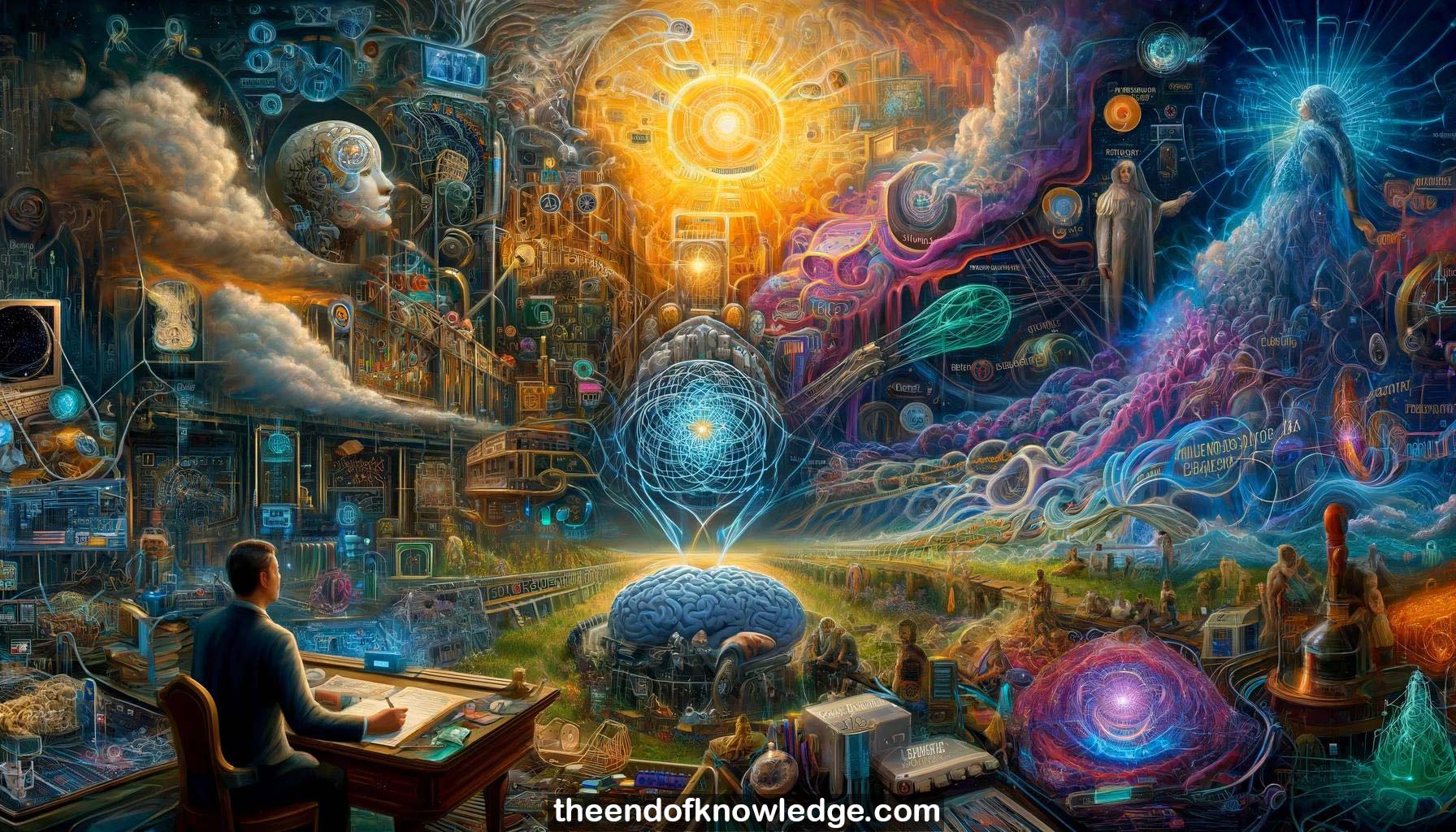 >
>
Concept Graph & Resume using Claude 3 Opus | Chat GPT4 | Gemini Adv | Llama 3:
Resume:
1.-The talk explores using convolutional neural networks (CNNs) to understand visual representations in the brain, focusing on the retina and visual cortex.
2.-Neurons in visual processing layers are characterized by receptive fields, describing spatial patterns of stimuli that activate or inhibit them.
3.-Retinal ganglion cells exhibit center-surround receptive fields, while neurons in the first layer of visual cortex (V1) show edge-detecting patterns.
4.-The talk aims to understand why receptive fields have these shapes and differ between the retina and early visual cortex.
5.-Convolutional neural networks trained on image processing tasks learn representations that map well onto those in human or monkey visual cortex.
6.-However, early layer filters in trained CNNs typically perform edge detection, skipping the characteristic center-surround retina-like stage seen in biological systems.
7.-The study uses a simple 4-layer CNN trained on CIFAR-10 to explore architectural changes that induce biologically observed receptive field patterns.
8.-The baseline model's early layer neurons learn edge-detecting filters, prompting the question of what's missing to produce more biological results.
9.-The retina and brain are distinct entities connected by the optic nerve, which imposes a physical bottleneck on communication.
10.-The retina's output has fewer neurons than the preceding photoreceptors and the first layer of visual cortex (V1).
11.-Incorporating a bottleneck constraint in the model by reducing neurons in the "retina output" layer leads to emergent center-surround receptive fields.
12.-The subsequent layer, after dimensionality expansion akin to V1, exhibits reemergent edge-like receptive fields.
13.-Architectural constraints can account for differences in receptive field patterns across visual processing layers.
14.-The model is simplified, and additional complexities like non-linearity in early layer neurons need to be considered.
15.-In humans and macaques, quasi-linear center-surround models describe retinal ganglion cell outputs well, while mice have many non-linear cell types.
16.-Linear cells don't extract semantically interesting features, while non-linear cells (like W3 cells in mice) may serve specific functions.
17.-The sophistication of the brain and visual system differs between mice (1 million visual cortex neurons) and humans (a few billion).
18.-The study explores how retinal representations change with the sophistication of the downstream visual processing pipeline.
19.-In models with deeper downstream components, the retinal layer preserves input characteristics, while shallower networks induce non-linear feature extraction.
20.-Quantitatively, retinal response linearity increases with downstream network depth, while object class separability decreases, suggesting information preservation vs. feature extraction.
21.-Shallower downstream networks induce more task-relevant feature extraction in the retinal stage.
22.-This maps onto biology, with more sophisticated visual cortex animals exhibiting linear retinal responses and the reverse in smaller mammals.
23.-These trends are not generic properties of CNNs but arise from the interaction between visual system sophistication and early layer dimensionality.
24.-Models without the retinal output bottleneck do not show pronounced trends in linearity and separability with downstream depth.
25.-The unified model accounts for center-surround and edge-detecting receptive fields, and cross-species differences in retinal linearity and feature extraction.
26.-Varying the architecture and downstream layers can account for results akin to differences between more and less sophisticated mammals.
27.-More details on the model and specific questions are available in the poster session.
28.-The biological utility of linearly projecting neurons is questioned, as they don't perform meaningful computation.
29.-Experiments show that networks trained on retinal outputs outperform those trained on raw inputs, even with linearized retinal outputs.
30.-Center-surround retinal representations may benefit optimization and learning semantic class separations needed for useful behaviors, but more work is needed to understand this.
Knowledge Vault built byDavid Vivancos 2024